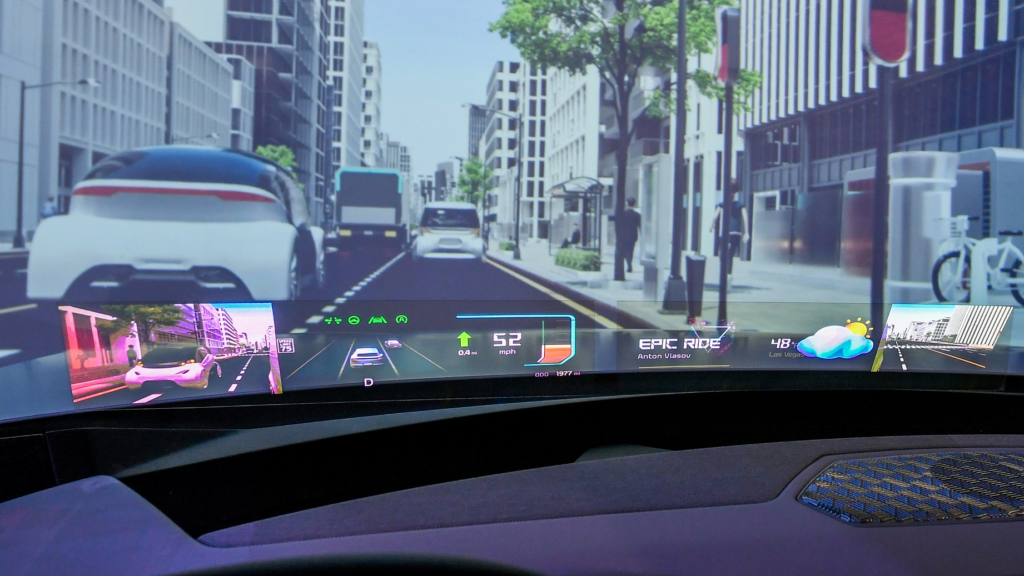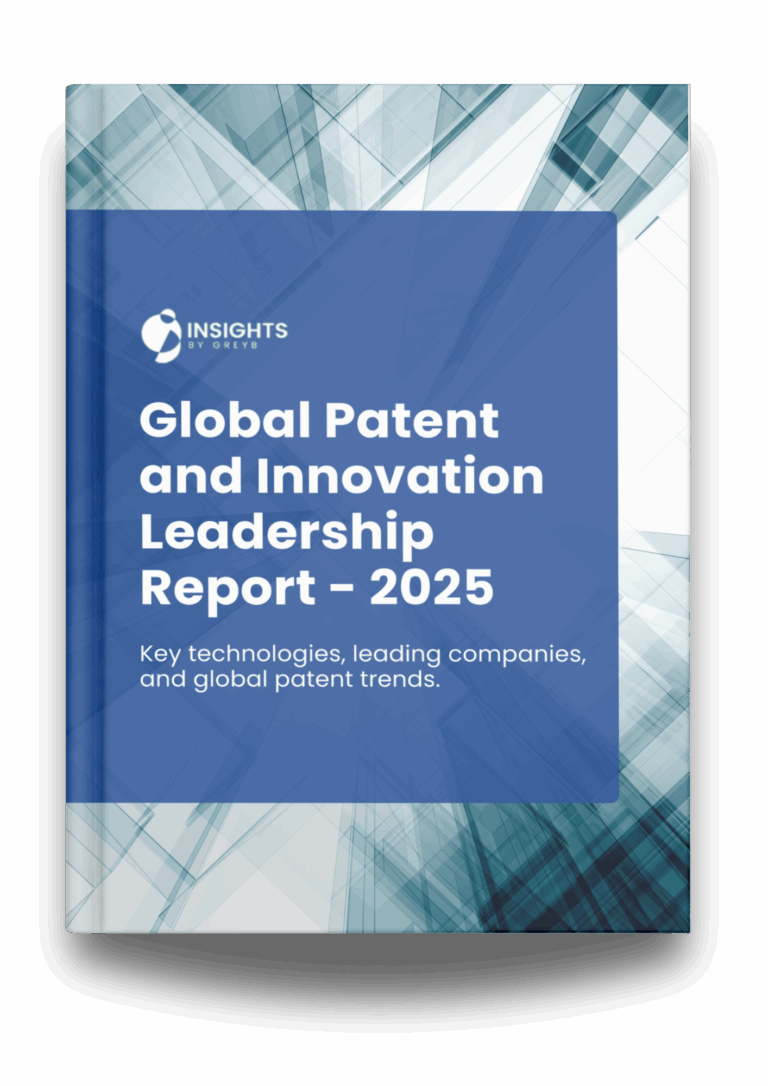Imagine driving with a windshield that’s more than just a window—it’s an interactive display that provides navigation, driving data, and entertainment, all while keeping your focus on the road. Hyundai Mobis is turning this vision into reality with its Holographic Windshield Display (HWD), unveiled at CES 2025. In partnership with ZEISS, the HWD projects clear, vivid images directly onto the windshield using holographic optical elements and laser technology, ensuring visibility even in bright sunlight.

The system doesn’t just provide essential information—it personalizes the driving experience, adapting to the needs of each occupant. Whether it’s customized navigation for the driver or entertainment for passengers, everyone gets what they need without distraction. After showcasing the HWD in Kia’s EV9 at CES 2025, Hyundai Mobis aims to revolutionize automotive interiors with this technology, set for mass production by 2027.

How does Hyundai Mobis Holographic Windshield Display work?
Full-Windshield Display: The entire windshield transforms into a display area, offering a wide, uninterrupted view of critical information such as navigation, safety alerts, and driving data.
Advanced Holographic Projection: Using cutting-edge holographic optical elements (HOE) and laser light sources, the system projects high-quality, vivid images directly onto the windshield, ensuring clarity even under bright sunlight.
Personalized Content: The HWD adapts to the seating position, displaying different content for the driver and passengers. This minimizes distractions and creates a tailored experience for everyone in the vehicle.
Seamless Integration: The HWD integrates effortlessly into the car’s design, eliminating the need for traditional dashboard screens and offering a more open, modern cabin.
Adaptive Technology: The system adjusts to changes in temperature, light, and other environmental factors, maintaining consistent image quality throughout the journey.
Which patents back the Hyundai Mobis Holographic Windshield Display?
When you think of a cutting-edge automotive display, the Hyundai Mobis Holographic Windshield Display takes that concept to a whole new level. Let’s dive into how these innovations work seamlessly together to create an immersive, futuristic experience.
The heart of the HWD system lies in the patented US11635620B2, where Hyundai Mobis brings together laser light sources and holographic optical elements (HOE) to create vibrant, high-definition images. These images are reflected off a series of mirrors and projected onto the windshield. But what truly sets it apart is the reflective compensatory HOE. This ingenious feature allows the system to dynamically adjust to changes in the environment—whether it’s a shift in the light or a change in temperature. No matter the weather conditions, this display stays sharp and clear, ensuring you always get the information you need right in your line of sight.
Taking it a step further, KR20210101676A introduces a transparent display panel that’s as versatile as it is innovative. Unlike traditional displays, the system uses a projector to cast images onto the windshield or into space beyond the panel, making the entire windshield a canvas for vital driving data, entertainment, or navigation. The result is an unobstructed, seamless view that not only enhances visibility but elevates the overall driving experience.

Then, there’s the intelligent color correction technology in US10972708B2, ensuring that the display maintains its clarity and accuracy, even when faced with fluctuating temperatures or varying wavelengths of light. By utilizing a temperature sensor and laser diode driving units, the system automatically adjusts the colors, maintaining a pristine display regardless of environmental factors. This dynamic adjustment means the driver never has to worry about image distortion or color imbalances—just a consistent, high-quality display.

Finally, KR102735324B1 adds another layer of brilliance. The system features a light transfer unit that refracts, diffracts, and reflects light in ways that create a three-dimensional, immersive experience. This is where traditional 2D HUDs fall short and the Hyundai Mobis HWD excels, offering depth and clarity that feels almost tangible.
Together, these patents tell a story of technological mastery—each innovation building on the other to create a display system that’s not only functional but intuitive and adaptive.
Who Competes with Hyundai Mobis Holographic Windshield Display?
BMW Holographic Display: BMW’s system in the Vision iNEXT uses augmented reality to project data onto the windshield, but Hyundai Mobis takes this a step further by using a full-windshield display, offering a more immersive experience and integrating critical driving data without blocking the driver’s view.
Toyota AR-HUD: Toyota’s AR-HUD enhances driver awareness by overlaying navigation data directly onto the real world, but Hyundai Mobis goes beyond by incorporating personalized content based on the seating position of each passenger, ensuring a more tailored experience for everyone in the vehicle.
Mercedes-Benz MBUX Hyperscreen: Mercedes’ MBUX Hyperscreen features a curved touchscreen that blends AI with vehicle functions, but Hyundai Mobis’ holographic technology transforms the entire windshield into a dynamic display—eliminating the need for a traditional dashboard or multiple screens, creating a more seamless cabin design.
The Hyundai Mobis Holographic Windshield Display represents a bold step into the future of automotive design, merging cutting-edge technology with a user-centric experience. By turning the windshield into a dynamic display, it redefines how drivers interact with their vehicle, enhancing both safety and convenience. As the automotive industry embraces this next-generation innovation, Hyundai Mobis is leading the charge in shaping the future of in-car technology, offering a glimpse of the seamless, connected driving experience to come.
Curious about in-vehicle holographic display innovations? Fill out the form below to request a detailed patent report on this technology!



